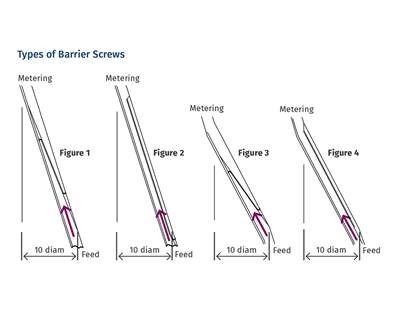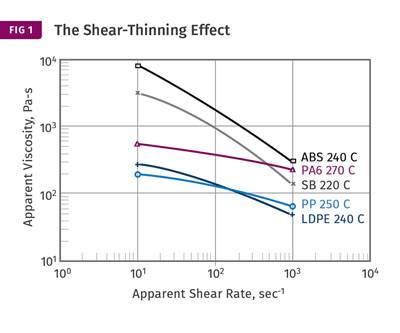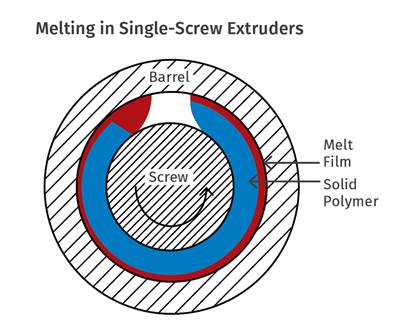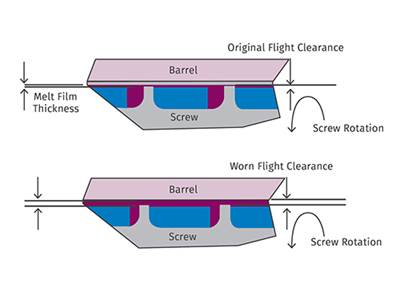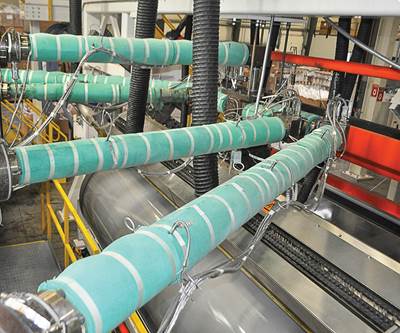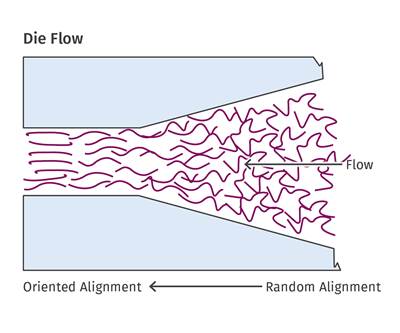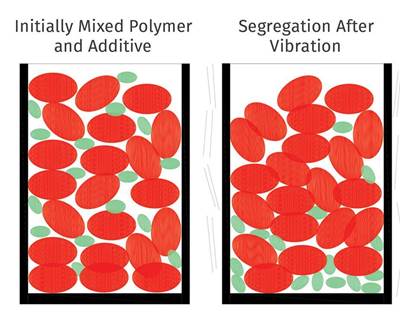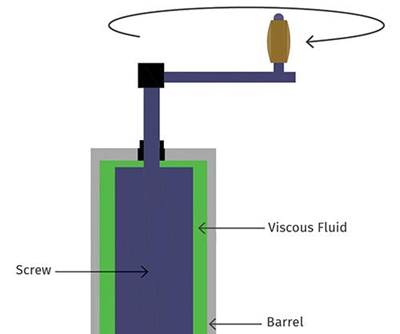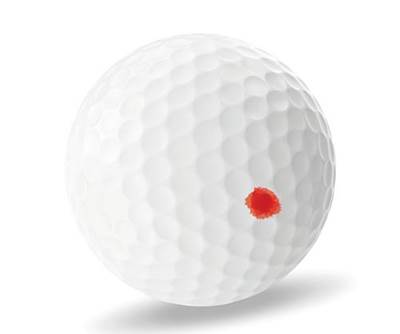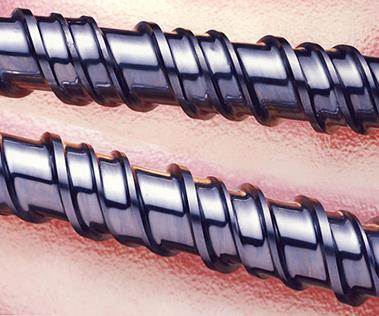Extrusion Know How
Which Barrier Screw for You?
It depends ... mostly on the melting requirements of the polymer.
Read MoreWhat Output Can I Expect?
Processors ask screw designers this question a lot. But neither output nor melt temperature can be predicted without details on the polymer and head pressure.
Read MoreExtruding Very High-Flow Polymers
Screw designs not suited to process lower-viscosity materials will result in poor melt quality and lower outputs.
Read MoreDo You Have Screw Wear?
It’s generally caused by metal-to-metal contact, and your first indicator will be poor melt quality.
Read MoreEXTRUSION: Is Head Pressure Sapping Your Extruder’s Strength?
A redesign of all of the flow paths between the end of the barrel and die may be in order.
Read MoreEXTRUSION: Orientation: The Good and the Bad
Depending on what you are trying to accomplish, molecular orientation can have a positive or negative impact on your part. Here’s how to control it.
Read MoreEXTRUSION: Better Mix In Means Better Mix Out
Segregation or de-mixing of polymers and additives can be a big problem in single-screw extrusion. Here’s why it happens, and how to fix it.
Read MoreEXTRUSION: How Slow Can You Go?
Larger screws designed for high outputs will generate a variety of problems if run too slowly. Here’s why.
Read MoreEXTRUSION: Finding the Sweet Spot in Screw Design
The compression ratio of a screw does not provide enough detail on how it will perform. Screw design is a balancing act that takes many variables into account.
Read MoreEXTRUSION: Understanding The Barrier Gap
All barrier screws are not created equal, and the barrier length and gap can be one of the reasons.
Read More